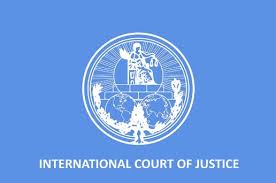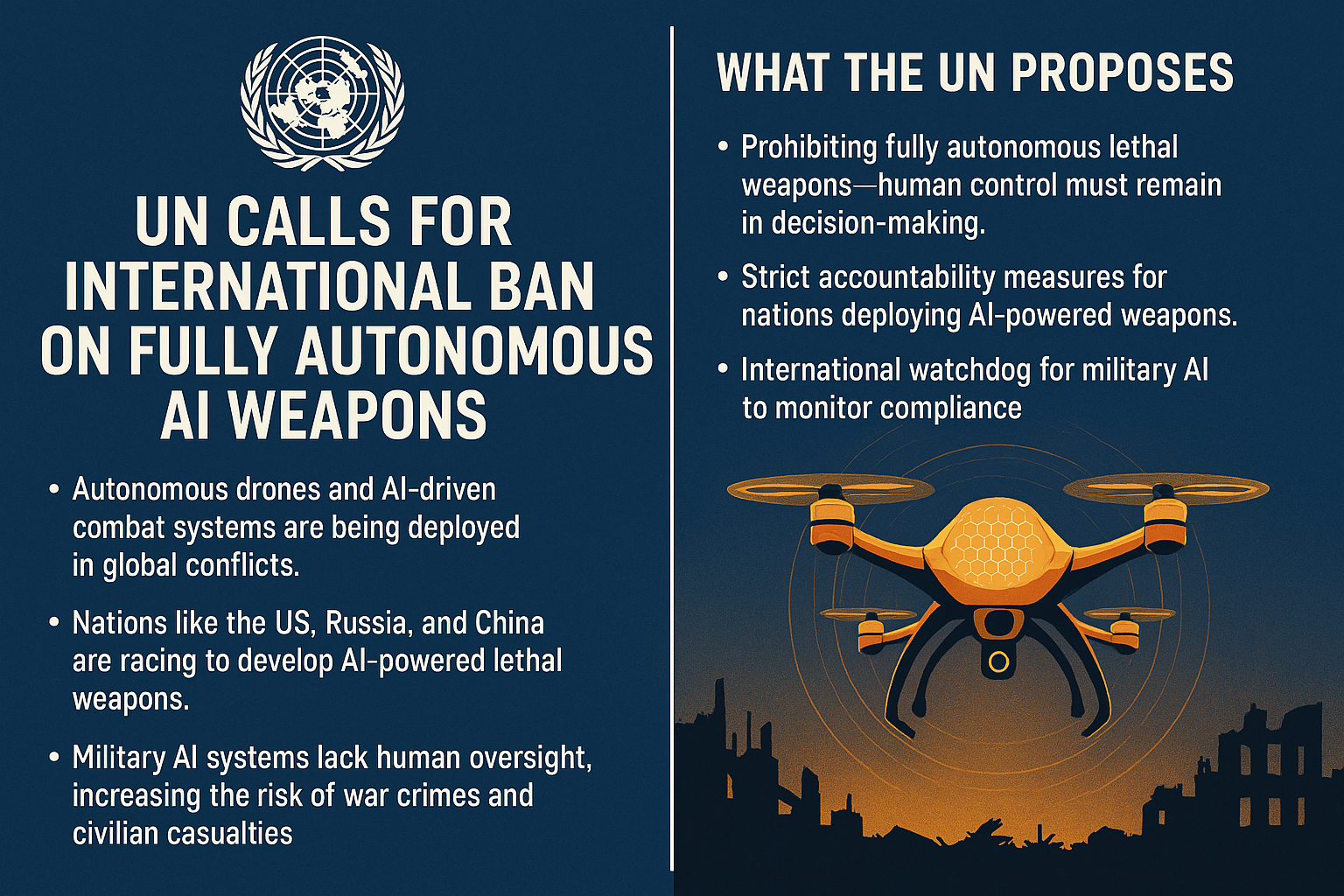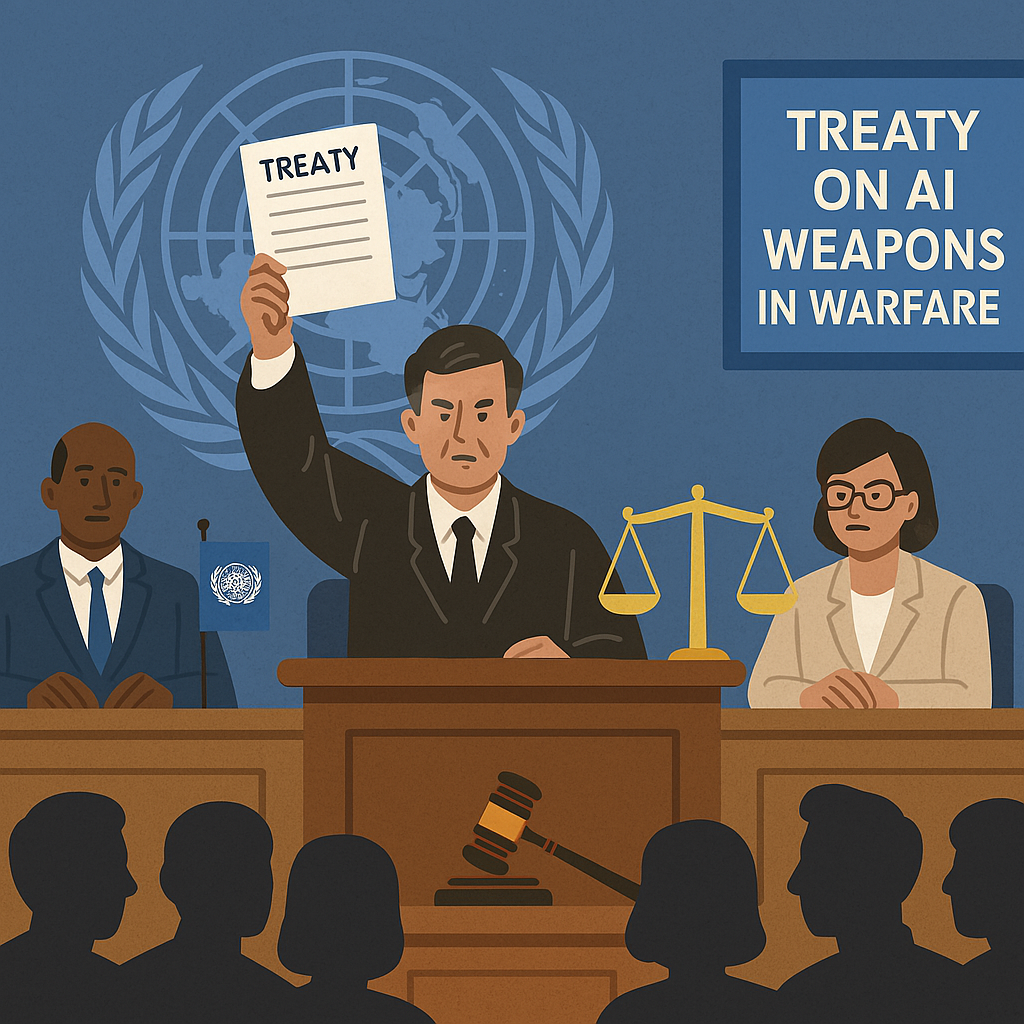Human Rights under International Law
Human Rights under International Law
1. What Are Human Rights?
Human rights are the fundamental rights and freedoms to which every person is entitled simply because they are human. These rights are universal, inherent, and inalienable.
International law recognizes human rights as binding norms that states must respect, protect, and fulfill. They encompass civil, political, economic, social, and cultural rights.
2. Sources of International Human Rights Law
The main sources include:
International treaties and conventions (e.g., Universal Declaration of Human Rights, International Covenant on Civil and Political Rights)
Customary international law
General principles of law recognized by civilized nations
Decisions of international courts and tribunals
3. Categories of Human Rights
A. Civil and Political Rights
Right to life
Freedom from torture
Freedom of speech and religion
Right to a fair trial
B. Economic, Social, and Cultural Rights
Right to work
Right to education
Right to health
Right to an adequate standard of living
4. Enforcement Mechanisms
International human rights law is enforced through:
Treaty bodies (e.g., Human Rights Committee)
Regional human rights courts (e.g., European Court of Human Rights, Inter-American Court of Human Rights)
UN Human Rights Council
Universal Periodic Review
While international law obligates states, enforcement often depends on political will and international pressure.
5. Important Case Law in International Human Rights
Case 1: European Court of Human Rights, Marckx v. Belgium (1979)
Facts: The applicant challenged Belgian law for discriminating against children born out of wedlock by denying them equal inheritance rights.
Holding: The Court held that the discrimination violated the right to respect for private and family life and the right to non-discrimination.
Significance: Established that states must ensure equality and non-discrimination in family law matters under the European Convention on Human Rights.
Case 2: International Court of Justice (ICJ), Nicaragua v. United States (1986)
Facts: Nicaragua alleged the U.S. violated international law by supporting armed opposition groups and mining harbors.
Holding: The ICJ found the U.S. had violated Nicaragua's sovereignty and certain human rights obligations.
Significance: Highlighted state responsibility for violations of human rights and use of force, reinforcing principles of non-intervention and sovereignty under international law.
Case 3: Inter-American Court of Human Rights, Velásquez Rodríguez v. Honduras (1988)
Facts: The family of a disappeared person sued Honduras for failing to prevent human rights abuses.
Holding: The Court ruled that states have a duty not only to refrain from violating human rights but also to prevent, investigate, and punish violations.
Significance: Affirmed the principle of state due diligence in protecting human rights.
Case 4: European Court of Human Rights, Soering v. United Kingdom (1989)
Facts: The applicant challenged his extradition to the U.S. where he faced the death penalty.
Holding: The Court held extradition would violate Article 3 (prohibition of torture and inhuman treatment) due to the "death row phenomenon."
Significance: Extended the scope of human rights protection by linking extradition decisions to human rights risks in the receiving country.
6. Principles Underpinning International Human Rights Law
Universality: Human rights apply to all people everywhere.
Non-discrimination: All individuals enjoy rights without discrimination.
Indivisibility: All rights are equally important and interrelated.
State Obligations: States must respect, protect, and fulfill human rights.
Accountability: States and individuals can be held responsible for violations.
7. Challenges in Human Rights Enforcement
State sovereignty vs. international intervention
Lack of binding enforcement power in some international bodies
Political considerations and selective enforcement
Cultural relativism debates
8. Summary Table
| Aspect | Details |
|---|---|
| Definition | Fundamental rights inherent to all human beings |
| Sources | Treaties, customary law, international courts, general principles |
| Categories | Civil & political; Economic, social & cultural |
| Enforcement | International courts, treaty bodies, UN bodies |
| Key Cases | Marckx v. Belgium, Nicaragua v. US, Velásquez Rodríguez v. Honduras, Soering v. UK |
| Challenges | Sovereignty, enforcement limitations, politics, cultural differences |
9. Conclusion
International human rights law establishes a framework to protect individuals worldwide from abuses and to promote dignity and equality. Through treaties and international courts, states are held accountable for violations, though enforcement depends heavily on international cooperation and political will.
These landmark cases illustrate how international law balances state sovereignty with the need to protect individual rights, shaping the global human rights landscape.


























0 comments